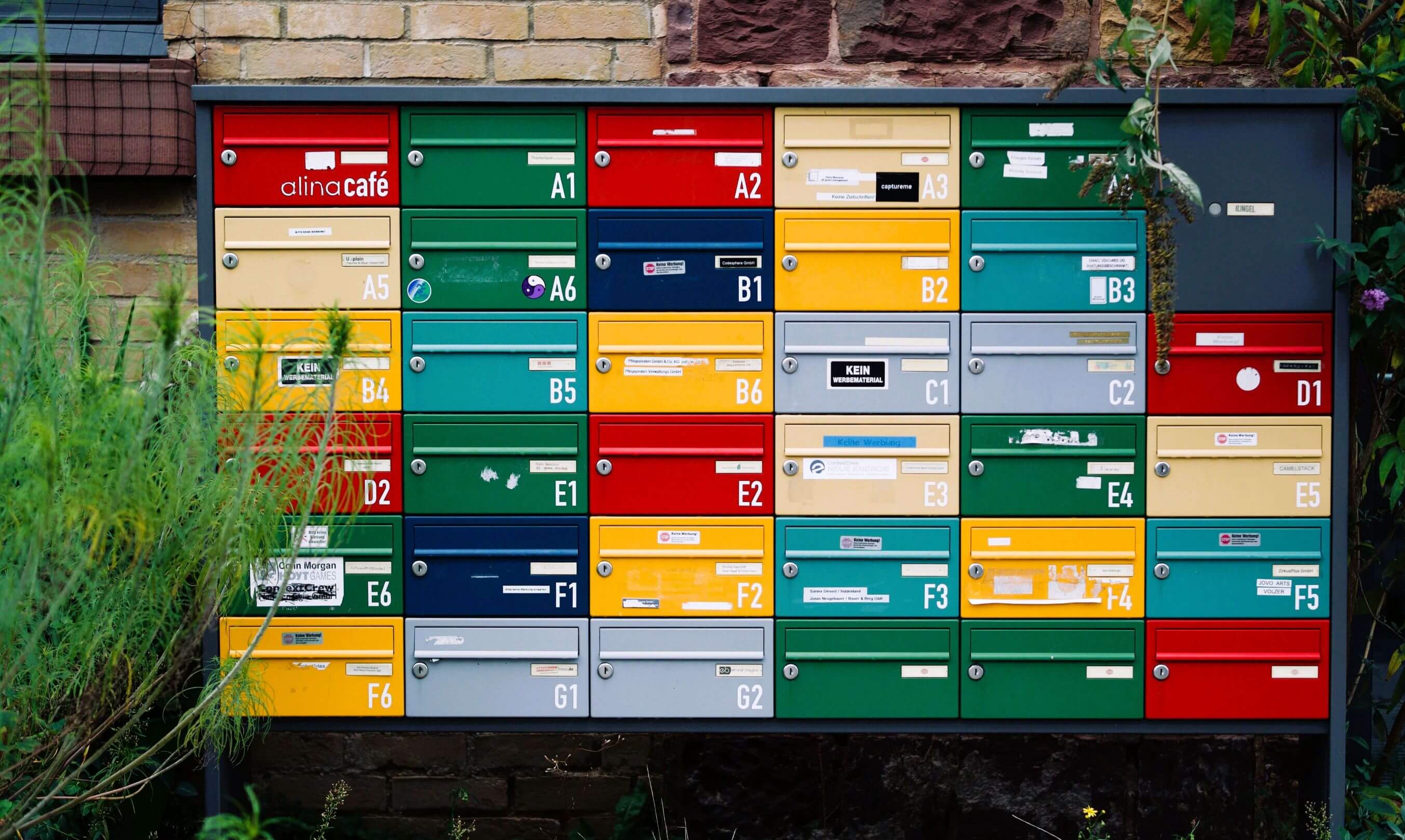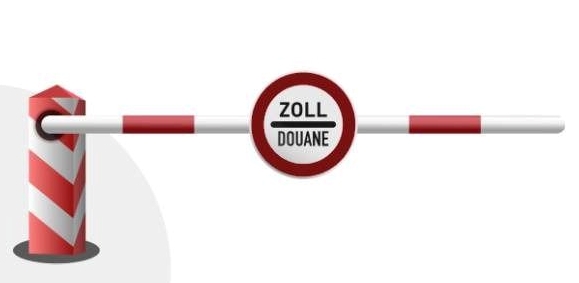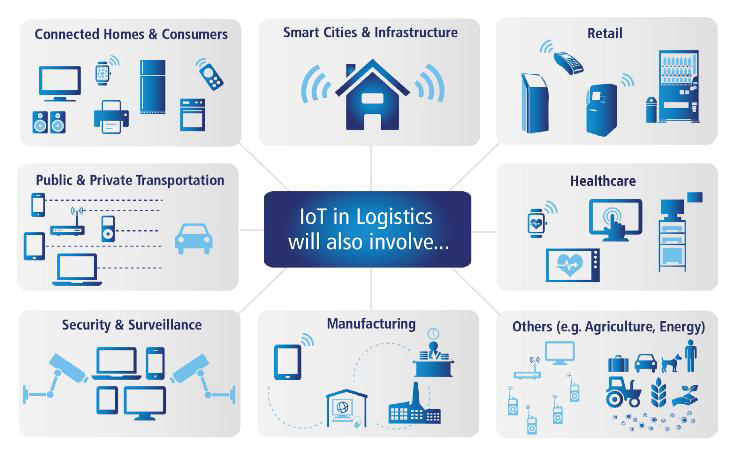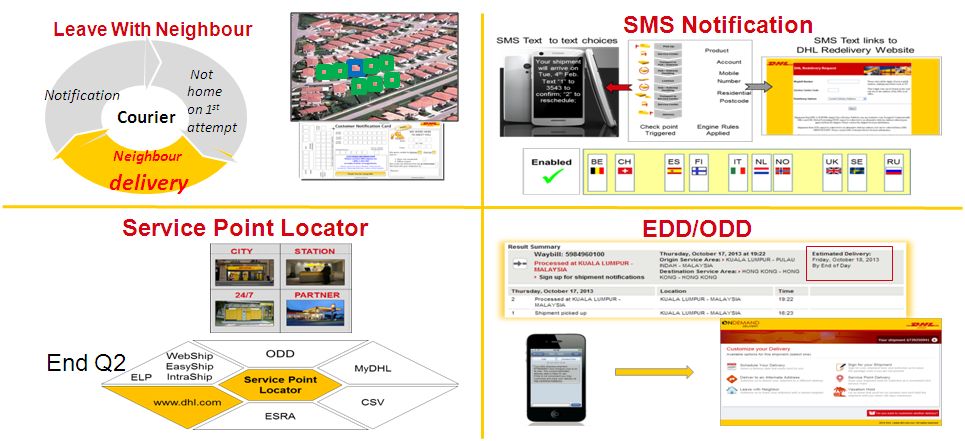- Home ›
- Digital Post Services ›
- Parcel Post
Parcel Post
Why parcel post fails to meet consumer demands

At A Glance
As leading retail chains in Europe and North America join forces with global ecommerce platforms for last mile delivery, parcel post revenues are coming under serious threat.
An increasing number of services and products are being sold online, causing rapid growth in registered commercial letter mail up to 2kg. This should be good news for the major postal services, but customers are also increasingly demanding customized delivery services (e.g. same day, time certain, alternative addresses) which the posts are currently unable to provide.
The domestic products and services offered by the major postal services are failing to meet the demands of etailers and their customers, and – more worryingly – their own key customers.
Their current process and cost structures are designed for the needs of the sender, not the recipient, and based on mass consolidation and once-a-day delivery in a monopoly environment. Postal services are still running networks primarily designed for yesterday’s analogue world.
Modern communication logistics networks need to be customer-focused, data-driven, modular, flexible and responsive. If posts fail to meet this challenge, their key customers will actively look for alternatives, such as third party retail networks.
A fundamental shift in consumer behaviour...

Retailers are faced with a new breed of customer, one no longer in the habit of buying the products offered by a favoured retailer. Today’s acquisition process is:
- Product selection (online research)
- Prospective vendor selection (online comparison)
- Purchase option (according to payment/delivery options)
This has changed the communication logistics requirements:
- Flexible delivery (location, time, re-routing)
- New product groups (heavier deliveries or food)
- Cross-border ecommerce
- New service offerings (same-day-delivery; on-time delivery; drop-off or parcel box delivery)
- Related services (e.g. installation)
- Interoperable service elements (modular & multi pipeline, upstream and downstream access)
None of these new requirements are sufficiently covered by the standard parcel post products and services currently offered by the postal incumbents.
...means retail must reinvent itself
Today’s retail landscape will also continue to change. Our data and information-driven society is making some of the classic retail functions secondary, or even obsolete:
- The physical presence of goods in a shop
- Proven quality of a certain good in a certain outlet
- Guidance by a shop assistant in making the right choice
- Social dimensions associated with using a particular shop
All that remains is customer service and the logistics of actually getting the product or service to its purchaser. The rest has already been supplemented by digital means.
Thus in a world where all goods are available 24/7, last mile delivery is key.
Last mile delivery: parcel post vs. courier & express
Parcel post services in their current state suffer a number of serious disadvantages compared to courier & express services.
Parcel post is:
- less traceable
- more frequently delayed
- less able to handle complaints
- less flexible in terms of final delivery
- unable to handle different delivery addresses or times
- an economy product (seen as slow)

Digital mediators: postal services vs. ecommerce platforms
Postal services are also facing competition in their key role as a trusted third party and mediator between two parties in a communication or transaction (the premise upon which the Universal Postal Union’s TLD .post is based).

Data-driven ecommerce platforms themselves are stepping into the mediator role, and therefore it comes as no surprise that ecommerce platforms are also beginning to extend their service offering to cover final delivery.
What is surprising, however, is their method of securing the necessary communication logistics to do so.
Ecommerce platforms are actively pursuing methods of combining their digital strength with the physical presence of retail networks (see announcements by Google, Amazon, Walmart, Asda, Home Depot):
- Ecommerce platforms benefit from retailers’ flexible warehousing and logistics systems, with consolidation and nationwide coverage (often overnight, early morning and late afternoon line haul connectivity).
- Retail outlets benefit by extending their current non-food service offerings and offering added value to existing customers (convenience, accessibility), and boosting capacity utilization of their own logistics networks.
A challenging environment for postal services
The major incumbents face a series of challenges:
- Some retailers have a cost-based logistics backbone better equipped to meeting customers’ product and service demands than do the posts
- Postal processes and cost structures must be fundamentally readjusted to achieve the same level of efficiency currently enjoyed by some etailers and online commerce platforms
- Leading ecommerce platforms have established complete data-driven customer integration. Delivery logistics have become an exchangeable commodity, outsourced to third parties, one of which is the post.
- Alternative delivery options can be supported by the data-driven model & offer scalable advantages.
- Ecommerce platforms are driving multi-channel logistics. For example, eBay has shown that ‘Ship-from-Shop’ (with up to 20% additional revenue & rise in efficiency) and ‘Associate-Store-Ordering’ (with up to 5% more revenue directly in the store) can leverage the reach of ecommerce and increase customer retention even further.
- Open platforms are being established to offer equal access to local and regional courier & express services, offering highly flexible, data-driven last mile delivery services on demand.
- Competition from alternative delivery address networks connected to managed delivery platforms which are open to all services.
Ecommerce is driving a revolution in parcel post delivery
There is common agreement amongst posts that today’s parcel post products and service levels do not yet fit tomorrow’s demand.
In most European markets the top 10 etailers together generate 1/3rd of all national ecommerce traffic. The more these etailers face barriers put in place by national postal incumbents and designed to protect their domestic market dominance, the more likely it becomes that etailers will seeks ways to sidestep these obstacles.
One solution is to join forces with physical retail networks and establish alternative delivery networks, either individually or in an open platform approach. A win – win situation for ecommerce and retail chains, but a disaster for the posts.
It will be fascinating to see how traditional parcel post services respond to these challenges, and whether they can succeed in reengineering yesterday’s analogue delivery networks in order to meet the demands of modern consumers.
Watch this space!
- Home ›
- Digital Post Services ›
- Parcel Post
Does this article cover a topic relevant to your business? Access the CLS Business Lounge for the market intelligence you need to stay ahead of the crowd. Find out more
Images on this page courtesy of StuartMiles/FreeDigitalPhotos.net




















